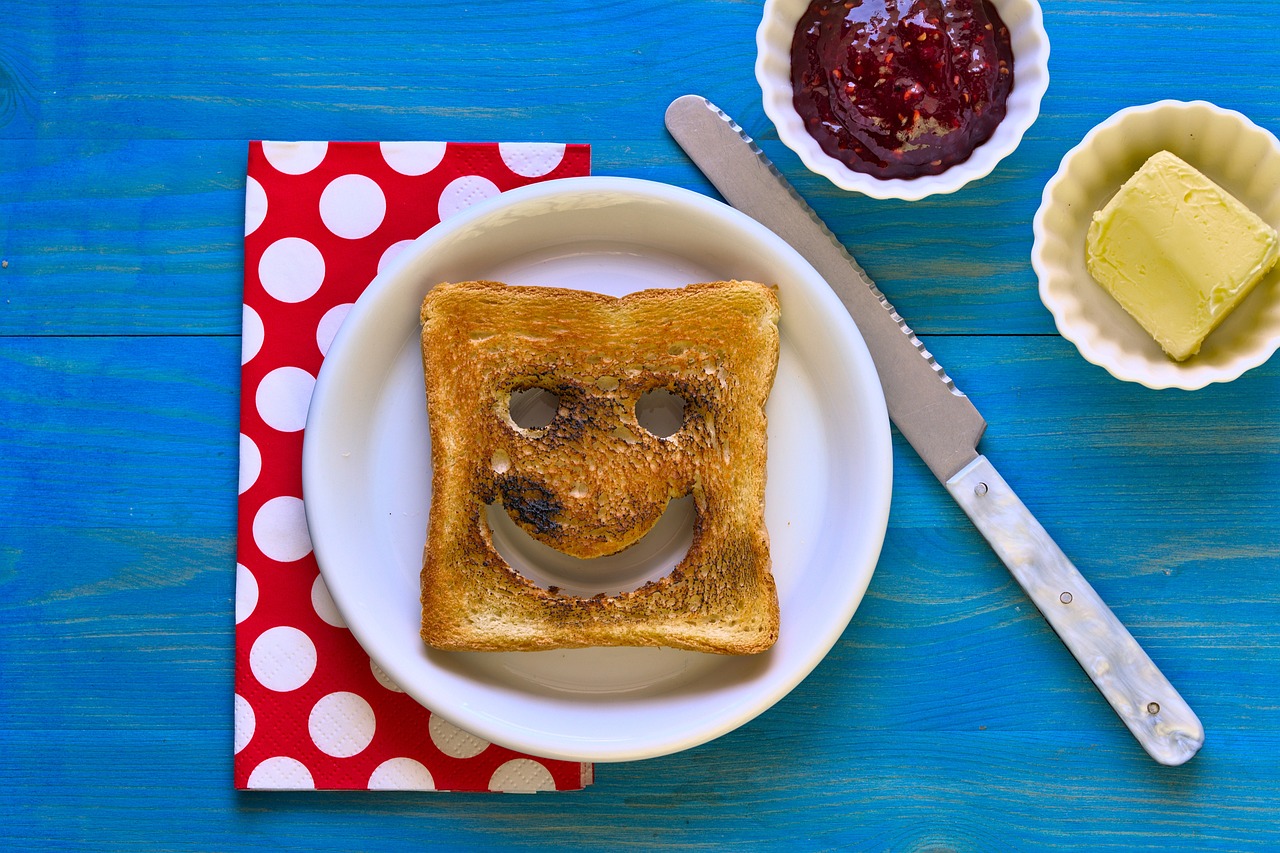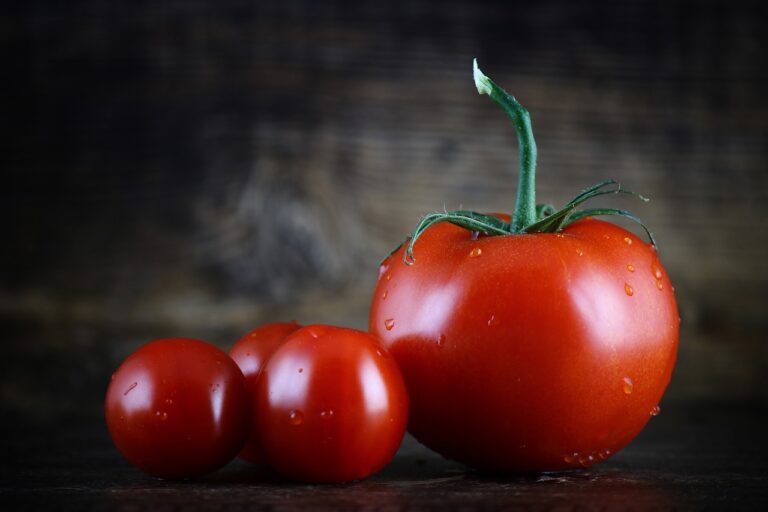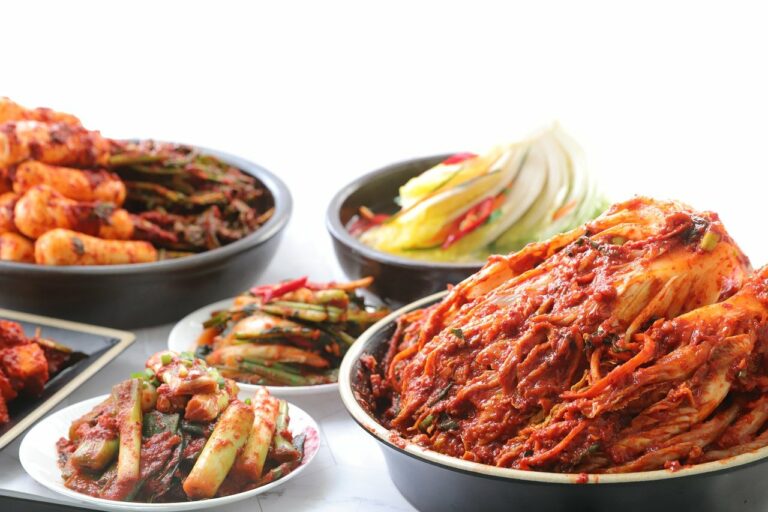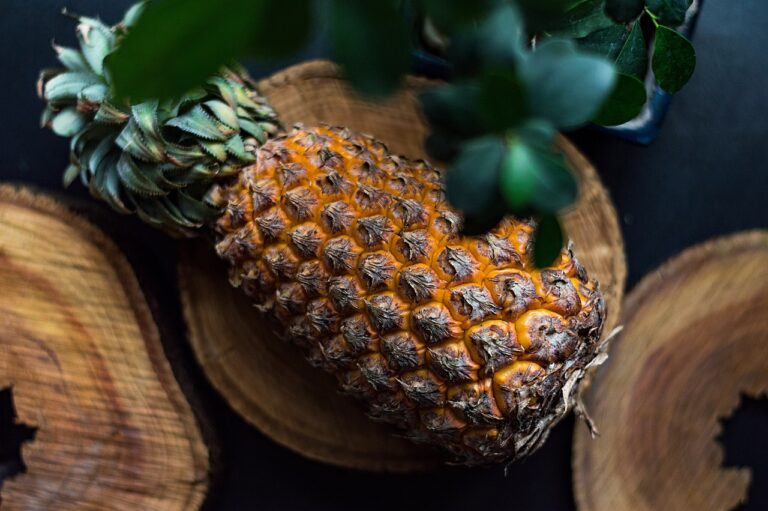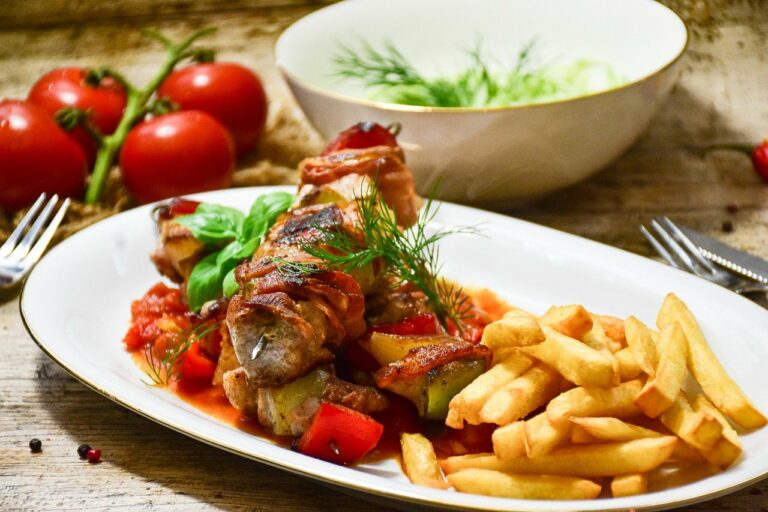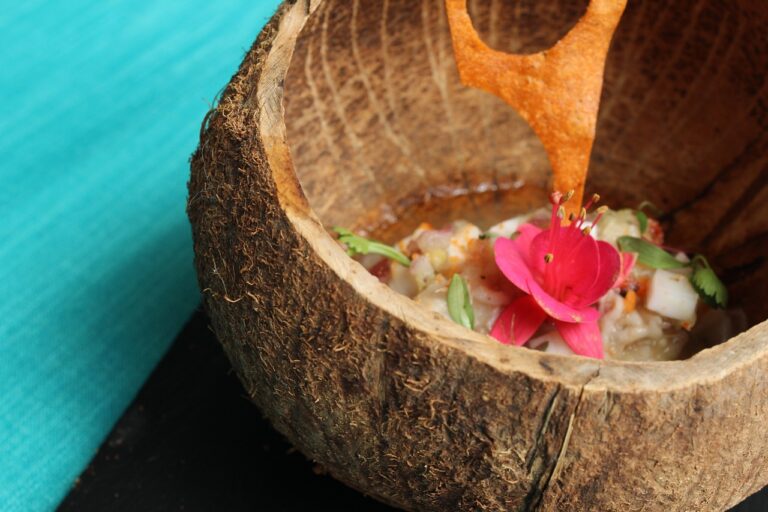The Art of Food Etiquette: Navigating Dining Customs Around the World
In Japan, it is customary to show respect while dining by saying “itadakimasu” before starting the meal and “gochisousama deshita” after finishing. Additionally, slurping noodles is seen as a sign of enjoyment and appreciation for the meal. It is important to never stick chopsticks upright in a bowl of rice as it signifies death and is considered extremely disrespectful.
On the other hand, in France, mealtime is a leisurely and social affair where food is meant to be savored. French dining customs include keeping your hands on the table at all times, refraining from placing elbows on the table, and finishing all the food on your plate as a sign of appreciation for the meal. It is also customary to wait until the host has started eating before beginning your meal.
Respecting Table Manners in Japan
In Japan, table manners hold significant importance and are deeply ingrained in the culture. When dining in Japan, it is customary to say “Itadakimasu” before starting a meal, which translates to “I humbly receive.” This phrase expresses gratitude for the food and those involved in its preparation.
Chopsticks are the primary utensils used during meals in Japan. It is essential to know a few basic rules when handling chopsticks: avoid sticking chopsticks upright in a bowl of rice, as this resembles a funeral ritual; do not pass food directly from one set of chopsticks to another, as this is also associated with funerary customs; and when not in use, rest the chopsticks on a chopstick rest or the wrapper provided.
Navigating Mealtime Etiquette in France
In France, mealtime etiquette is highly esteemed and plays a significant role in social interactions. When dining in a French setting, it is essential to adhere to certain customs to show respect for the culinary experience. One key aspect of French dining etiquette is the importance of using cutlery correctly; this includes holding utensils in the proper manner and not switching hands while eating.
Furthermore, it is customary in France to keep your hands visible on the table while dining, resting your wrists on its edge. This gesture signifies your engagement in the meal and shows appreciation for the food being enjoyed. Additionally, it is polite to wait for everyone at the table to be served before starting to eat, as mealtime is seen as a communal gathering where each person’s enjoyment is valued.
What is the proper way to hold utensils while dining in France?
In France, the proper way to hold utensils is to hold the fork in the left hand and the knife in the right hand while cutting food. Once the food is cut, the knife can be set down and the fork can be used in the right hand for eating.
Is it acceptable to start eating before everyone at the table has been served in France?
No, it is considered rude to start eating before everyone at the table has been served in France. Wait until everyone has their food before beginning to eat.
Are there any specific rules regarding how to eat bread in France?
In France, bread is typically placed on the table next to the plate and should not be placed directly on the plate. Break off small pieces of bread and eat it with your fingers, rather than cutting it with a knife.
How should one ask for the bill at a restaurant in France?
In France, it is considered rude to ask for the bill before the meal is finished. To ask for the bill, simply make eye contact with the server and gesture with your hand to indicate that you would like the bill.
Is it customary to leave a tip after dining in France?
In France, a service charge is typically included in the bill, so leaving a tip is not required. However, it is common to leave a small tip as a gesture of appreciation for good service.

